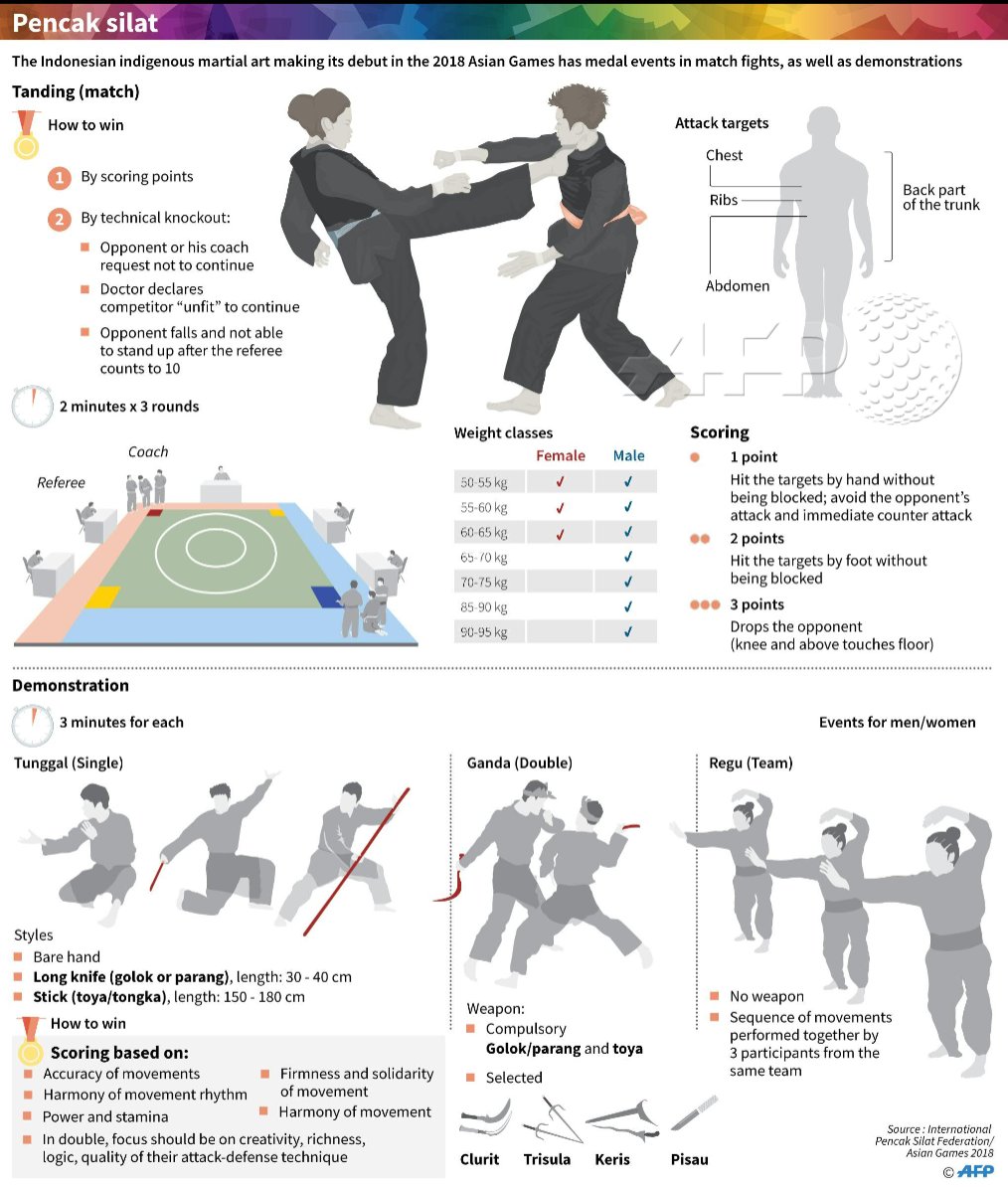The History And Viewpoint Of Fighting Style: A Deep Dive
The History And Viewpoint Of Fighting Style: A Deep Dive
Blog Article
Short Article By-McGrath Patterson
Step into the ancient globe where martial arts were born out of necessity in diverse regions. Cultures crafted one-of-a-kind battling designs linked with historic contexts. Strategies advanced over centuries via devoted method and social exchanges. Today, modern-day martial arts blend standard elements for optimal efficiency. Philosophically, martial arts emphasize self-control, self-improvement, and consistency. Respect, humbleness, and equilibrium are fundamental concepts directing professionals in the direction of development and durability. Explore https://www.wesh.com/article/self-defense-class-seminole-county/42036988 of this abundant background and philosophy to uncover the extensive impacts forming this long-lasting technique.
Beginnings of Martial Arts
Martial arts originated in different regions worldwide, developing as useful fight systems to resist dangers. These old battling designs were established out of need, with each society crafting strategies suited to their one-of-a-kind atmospheres and challenges. From the grappling arts of Jujutsu in Japan to the striking strategies of Kung Fu in China, martial arts were deeply intertwined with the historical, social, and cultural material of their particular cultures.
In Japan, the samurai course polished martial arts like Kenjutsu, the art of the sword, which later on evolved right into the much more popularized type of Kendo. At the same time, in Brazil, Capoeira emerged as a blend of dance and battle, developed by enslaved Africans as a means to stand up to oppression. Each fighting style brings with it an abundant history and ideology, mirroring the values and beliefs of the people who practiced them.
As you delve into the origins of martial arts, you uncover a tapestry of human resourcefulness, resilience, and the unyielding spirit of warriors throughout time.
Development of Methods
Via centuries of technique and improvement, fight techniques within various martial arts have gone through a profound development. From what are the belts in martial arts like Martial art and Martial arts to more modern-day techniques such as Brazilian Jiu-Jitsu and Krav Maga, the advancement of strategies has been driven by a combination of social impacts, practical applications, and technological improvements.
One considerable aspect of this advancement is the cross-pollination of methods between different martial arts. For instance, strategies from conventional Japanese Jiu-Jitsu were integrated right into the development of Judo by Jigoro Kano in the late 19th century. This mixing of styles has actually led to the growth of hybrid martial arts like Mixed Martial Arts (MMA), which incorporate aspects of striking, grappling, and submission strategies.
Additionally, the evolution of techniques has been shaped by the increasing emphasis on performance and efficiency in combat. Experts have continuously looked for to improve their methods through extensive training, experimentation, and competition, resulting in the development of extremely specialized and efficient combating designs. On the whole, the development of strategies in martial arts shows the vibrant nature of combat and the ongoing mission for improvement and technology.
Thoughtful Structures
Discovering the underlying philosophical concepts of martial arts supplies insight into their core values and guiding beliefs. At the heart of many martial arts techniques is the principle of discipline itself. By educating your body and mind to function as one natural device, you cultivate self-control that extends beyond the dojo or fitness center into daily life. This discipline includes regard, humility, and self-discipline, forming not just your physical abilities but also your character.
Another basic thoughtful foundation in martial arts is the idea of constant self-improvement. The trip of mastering a martial art is endless, with professionals constantly striving to better themselves, both literally and emotionally. This focus on growth promotes strength, willpower, and a development way of thinking that can be put on all facets of life.
Additionally, martial arts emphasize the relevance of harmony and equilibrium. Strategies are developed to make use of a challenger's power against them, highlighting the principle of producing and rerouting force instead of satisfying it head-on. This ideology encompasses interpersonal connections, advertising peaceful resolutions and mutual understanding. By embracing these philosophical foundations, martial musicians not just improve their combat skills however likewise cultivate a lifestyle fixated individual development, respect, and consistency.
Final thought
Finally, the background and philosophy of martial arts supply an abundant tapestry of custom, discipline, and self-improvement.
Take for example the tale of Bruce Lee, who revolutionized martial arts by blending different styles and philosophies to produce his own unique kind of Jeet Kune Do.
With commitment and innovation, martial artists remain to push limits and inspire others to reach their complete possibility both in fight and in life.
